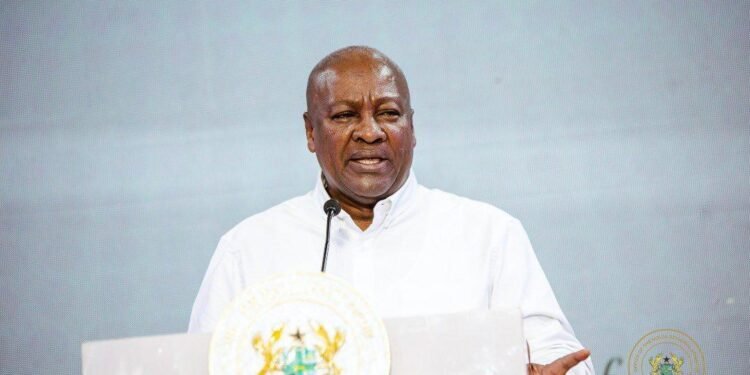The Concern for Economic Growth could exceed the worries of inflation as the topmost priority for the Reserve Bank of India (RBI) has elevated a cool down prices.
There has been a decrease in the Global commodity prices and an increase in the prices of cereal could also decline in coming months. Healthy sowing of the Rabi crop will help in cooling of wheat prices. Increase in the price of Cereals has kept food prices elevated. Edible oil prices, which had burned a hole in the consumer pocket, have also significantly decreased as supplies ease.
HSBC Economists Pranjul Bhandari and Aayushi Chaudhary
“As growth softens over the next few quarters, we believe the balance of concerns will tip towards weak growth; we expect a 50bp rate hike in December, followed by a prolonged pause.”
Despite the fact that experts vary in their forecast of the quantum of the rate hike in December, there is more or less a consensus that the RBI will take a breather in the midst of concerns regarding flagging economic growth.
The US Fed has also signaled that it could slow down its rate hikes in the wake of inflation concerns easing. HSBC economists estimate that the RBI could go for a 50 basis points hike in December before hitting a long pause.
The RBI Monetary Policy Committee (MPC) met at the beginning of this month to discuss the contents of the report yet to be sent to the government, to give an explanation regarding its failure to arrest the increase in prices of goods and remedial measures.
Retail inflation cooled to 6.8 per cent in October but remained above the 6% upper end of tolerance band for the tenth consecutive month.
Consumer Durable And Non-Durable Goods
According to the recent industrial production print, there was an indication that both the durables as well as the non-durables sector were in the red for the month of September. September was the start of the festive season and weakness on the consumer durable and non-durables front points to lingering pain.
HSBC Economists Pranjul Bhandari and Aayushi Chaudhary
“Consumer goods production remained negative for the third month despite the start of the festive season. It dipped further below pre-pandemic levels. Much of the weakness was driven by a fall in durables goods production (an indicator of urban demand), which slipped further to 8% below pre-pandemic levels. That said, weakness in the consumer non-durables production (an indicator of rural demand) persisted despite a mild pick-up in 2W sales. The index remained gluey at 9% below pre-pandemic levels.”
According to the economists, they explained that there could be slow pace in the growth of the economy during the second half mainly on account of exports taking a hit and pent-up services tapering.
Moody’s, an investor service that provides investors with credit ratings, risk analysis, research for stocks, bonds, and government entities recently cut India’s growth estimates for 2022 from 7.7% to 7% and projected India’s economic growth to slow to 4.8% in 2023. High inflation and slowing exports were cited as reasons for the revision in numbers.























